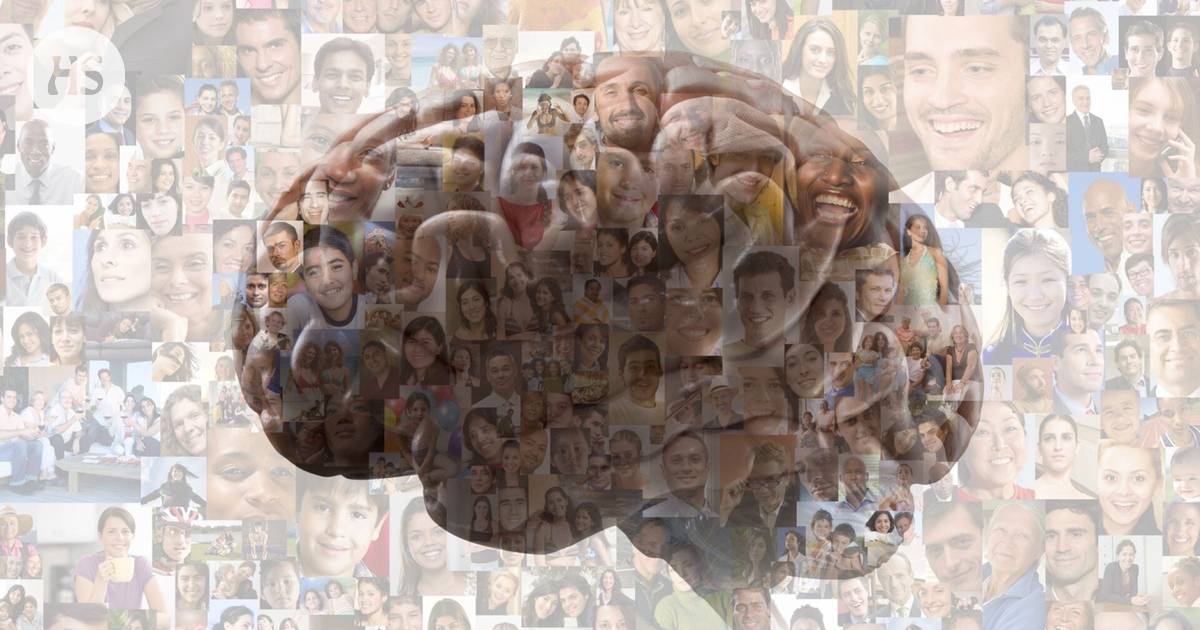Gender identity is the more difficult part.
The summary is made by artificial intelligence and checked by a human.
Artificial intelligence recognizes a child’s gender from brain activity, but not gender identity.
The gender difference was visible in areas controlling movement, the visual cortex and the limbic system.
The assessment of gender identity was based on parents’ and children’s answers to the questions.
Artificial intelligence in a recent study, was able to identify a child’s gender based on pictures that tell about brain activity. On the other hand, artificial intelligence was less successful in distinguishing the child’s gender identity.
The study analyzed magnetic resonance images of the brains of more than 4,700 children. The children were nine and ten years old, and there were roughly equal numbers of girls and boys. Research published by Science Advances journal.
The networks visible in magnetic resonance imaging tell about the connections and cooperation between different brain areas.
Artificial intelligence was taught using some image material to evaluate the extent to which certain types of brain networks predict the sex or gender identity assigned at birth.
Then we looked at how the artificial intelligence managed to classify the rest of the brain images.
Gender difference was seen, for example, in the areas that control movement, the visual cortex and the limbic system, which is important for e.g. emotion regulation and memory.
In addition to the sex assigned at birth, the researchers wanted to examine the appearance of gender identity in brain images using the same technique.
Gender was defined in the study based on “anatomy, physiology, genes and/or hormones at the time of birth”. Gender identity, on the other hand, meant an individual’s “attitudes, feelings and behavior”.
A child gender identity was determined with two different scores, one of which was based on questions asked to the parent and the other to the child himself. Gender identity appeared as a continuum.
Parents were not directly asked about their perception of which gender the child identifies with.
Instead, they were asked to rate how often the child plays with Barbie or action hero dolls, imitates gender-specific TV characters, or expresses dissatisfaction with their genitalia.
The child was asked whether he felt like a girl or a boy, whether he wished he was the other gender, and how much he had been a girl or a boy in games.
Sexual-identity-related brain networks were spread over the cerebral cortex more widely than those related to gender.
However, the assessments of gender identity made by the artificial intelligence were poorly accurate and even then only when the determination of the identity was based on the assessment of the parents.
Despite the inaccuracies of the results, according to the researchers, they show that the gender determined at birth and the gender identity are manifested in different ways in the brain networks.
Some scientists criticize the Science Media Center, which gathers expert comments -on the site research evidence as insufficient.
In the opinion of the reviewers, for example, the questions asked to parents do not reach gender identity very well and the observations made only on nine and ten-year-olds do not necessarily generalize to children of other ages.
At the same time, the researchers see the findings as an important opening for a separate examination of gender and gender identity.
Knowledge of differences in brain function between those of different genders and gender identities could facilitate diagnosis and treatment of diseases and developmental disorders where gender differences have been observed.
Published in Tiede magazine 10/2024
